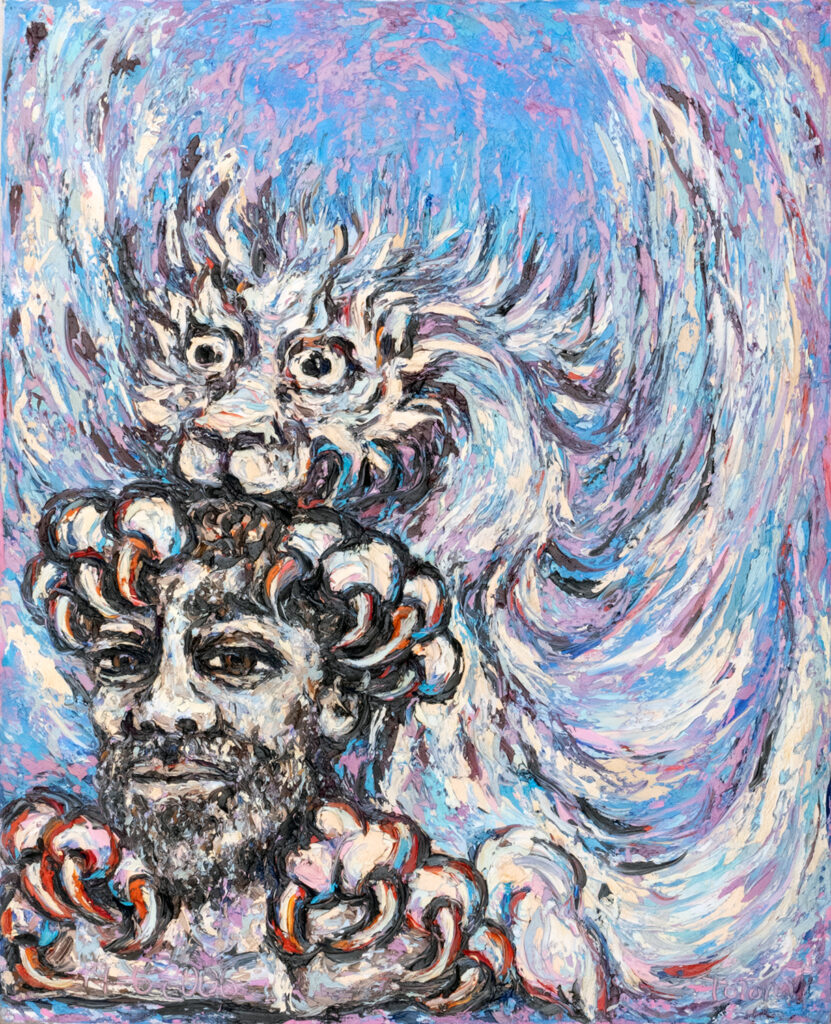Art according to Jung
Carl Gustav Jung believed that art is an aspect of the collective unconscious that takes over a human being, turning him into its instrument. The artist leaves his free will and art uses him to make his purpose come true.
In some way this points out that art according to Carl Gustav Jung is alive long before the artist exists, leaving the artist as a mere instrument. Art is part of the collective, of the collective unconscious. Art is not an artifice, it is not a human creation, but an aspect of the collective mind that seeks to be expressed through any medium.
Symbols serve through art, just as in dreams, as a bridge between a real and illusory world, and the artist only draws and supports that bridge, just like the dreamer, who explores through symbols and the dream world. the unconscious inner world.
Art like this, according to Jung, manages to make visible the archetypal images of the collective unconscious. Art, understood in this way, becomes a powerful instrument of personal transformation, investigating the shadows, the archetypes, the unconscious world. Hand in hand with symbols, it brings you closer to the invisible, delving into a journey towards the inner world.

The artist according to Jung
Jung had a very peculiar way of understanding the artist. He saw it as a channel that created a bridge between the unconscious and conscious world. The artist lost his free will through a process of sacrifice of the intellect.
The artist, according to Jung, explores and concretizes the symbolic world, and transformed into an alchemist, he unconsciously creates a message through symbols that exceed the conscious understanding of the time in which he lives.
Spiritual Art and Essential Symbols
Spiritual art uses essential and universal symbols.
The use of symbols brings us closer to the essential truths in which we get lost and wander within the generational, social or personal unconscious.
Symbols lead us to the awakening of our wisdom, illuminating the hidden by introducing us to hidden feelings not visible from the conscious.
Antonio García Calvente, student of Carl Gustav Jung, alchemy and Taoist practitioner, used the purest and most ancient symbols in his art, forcing the viewer, through symbolic art, to observe their own essence from a much more direct and focused perspective. , avoiding everything superfluous and connecting with the quiet voice of the soul.
For this reason, in his different works the same keys and symbols will be repeated and will be used just like keys, as direct bridges to the essence of the human being.
Jungian Symbols
Among the Jungian symbols of Totom’s art, we find:
- Myth of the hero and the warrior
- Basic archetypes
- Symbolic dream representations
- Essential symbols
- Representations of the sacrificium intellectus
- Archetypal representations in divinities
- Representations of alchemical processes
- Hybrid beings, such as mermaids, lamias, minotaurs, etc.
- Symbols in painting and art
The use of symbols in painting and art is natural, it is part of the essence of art. Art maintains a completely symbolic language, and the more timeless and universal those symbols are, the more valuable and meaningful to more people the art will be.
In Antonio’s painting we find Taoist symbols corresponding to the Taoist path and its development in the Taoist aesthetics of art. But also alchemical and Jungian symbols, and spiritual symbols.
